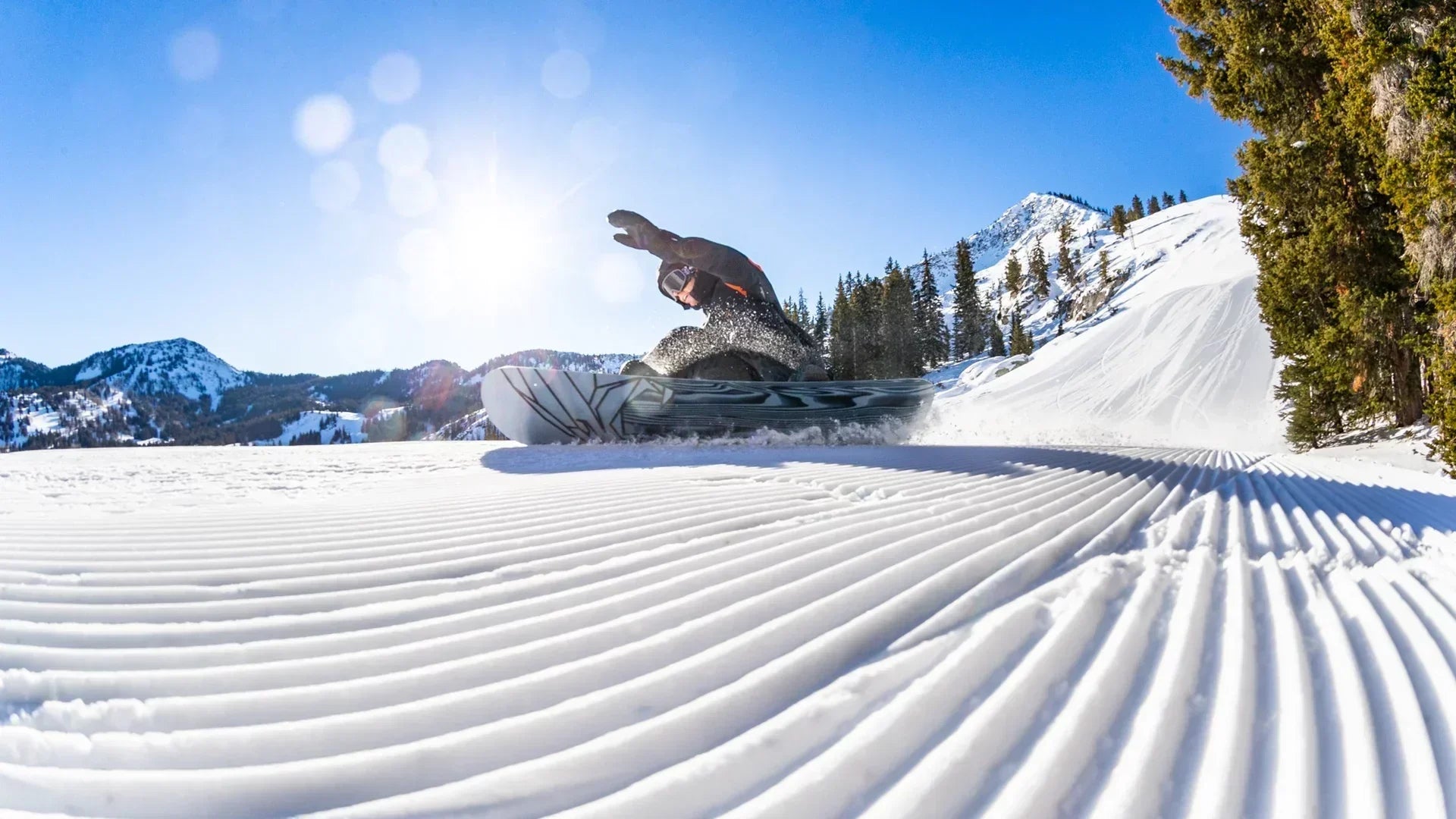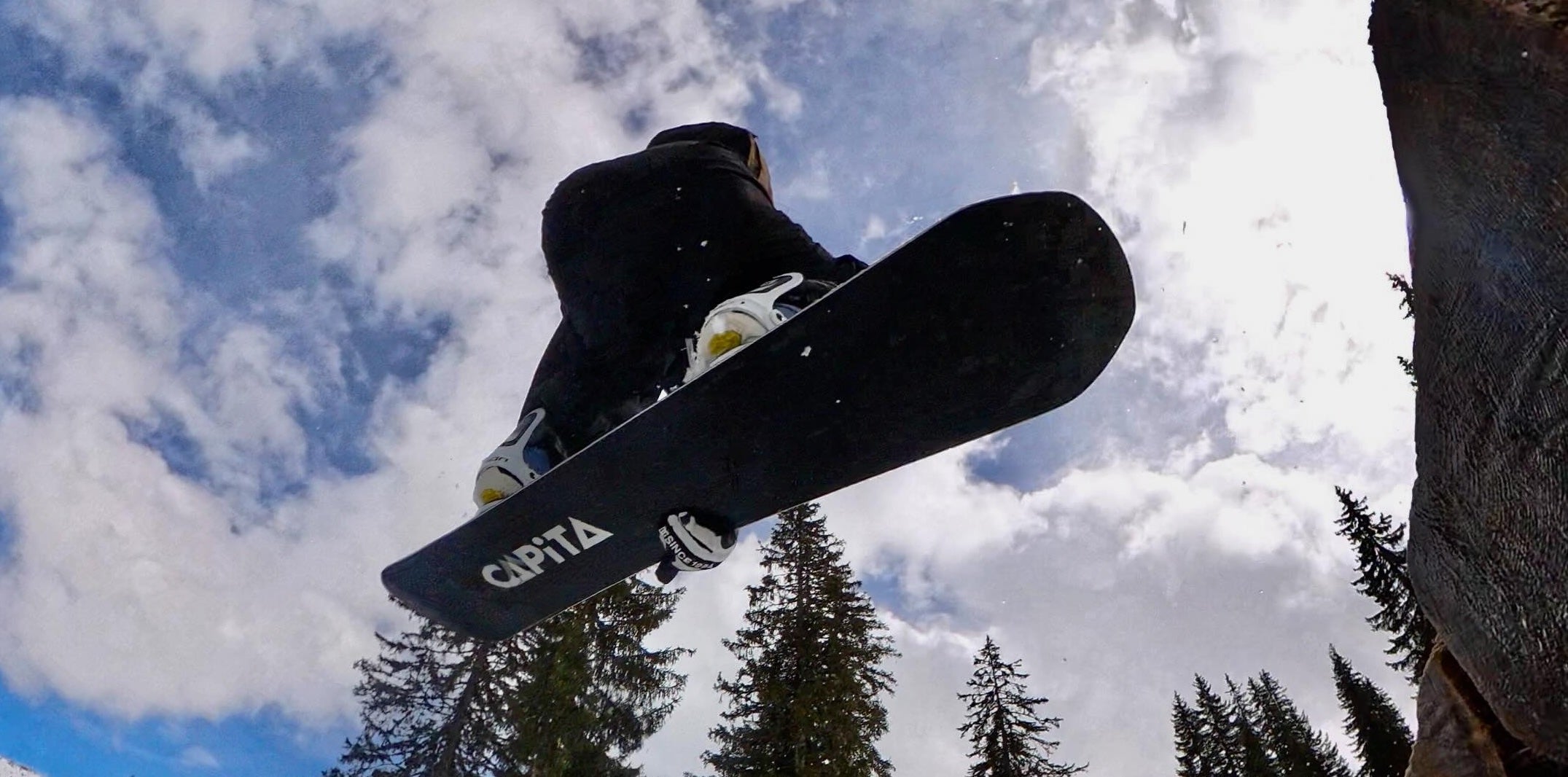If you’ve been shopping for a new snowboard helmet lately, you’ve probably noticed three little letters slapped all over the tags: MIPS. And if you’re like most of us, you’ve nodded sagely, pretended you knew exactly what that meant, and then immediately thought: Wait… what the hell is MIPS? Some kind of protein shake? A government agency? A new cryptocurrency?
Spoiler: it’s none of those things. MIPS stands for Multi-Directional Impact Protection System. (Yeah, it’s a mouthful. That’s why we stick to the acronym.) Basically, it’s a clever little bit of tech designed to keep your brain safer when you inevitably ragdoll on an icy landing, clip that tree you swore you were going to miss, or just eat it getting off the chairlift.
The Problem with Crashing (Other Than the Obvious)
Here’s the deal: most helmet testing is done by dropping helmets onto a flat surface in a perfectly vertical hit. That’s cute, but that’s also not how most crashes happen. When you bail on your board, your head usually hits the snow, ice, or obstacle at some weird angle — and that means your brain gets spun around inside your skull like a goldfish in a blender.
That spinning is called rotational motion, and it’s a major factor in concussions and other nasty brain injuries. Traditional helmets are great at dealing with straight-up impacts, but not so hot at reducing the twisty, swirly forces that scramble your brain’s hard drive.
Enter MIPS: The Yellow Layer of Wizardry
MIPS is basically a thin, low-friction layer inside your helmet that lets your head move just a little bit independently from the shell of the helmet during an angled crash. It’s kind of like putting a slip ’n slide between your skull and the impact.
When you smack your noggin at an angle, instead of your brain taking the full rotational hit, the MIPS layer shifts about 10–15 millimeters, reducing the amount of rotational energy transferred to your head. Translation: less brain blender, more brain intact.
Do I Really Need It?
Look, we’re not your mum, but if you’re strapping yourself to a plank of wood and hurtling down a frozen mountain surrounded by trees, rocks, and other humans who may or may not be in control, then yeah - a bit of extra brain protection sounds like a decent idea.
The beauty of MIPS is that it doesn’t make helmets heavier, uglier, or more uncomfortable. You probably won’t even notice it’s there… until you do. And by “notice,” we mean you crash, get up, and think, Wow, glad my brain isn’t soup right now.
The Bottom Line
MIPS isn’t a marketing gimmick. It’s legit science that addresses the real way snowboarders (and skiers, and bikers, and skaters) actually crash. It won’t make you invincible, but it does tilt the odds in your favour when gravity decides to remind you who’s boss.
So next time you’re browsing helmets and see that little yellow dot that says “MIPS,” think of it as a tiny, affordable insurance policy for your grey matter. Because tricks can be relearned, bones can be reset… but brains? You only get the one.
Learn more about MIPS here > https://mipsprotection.com







